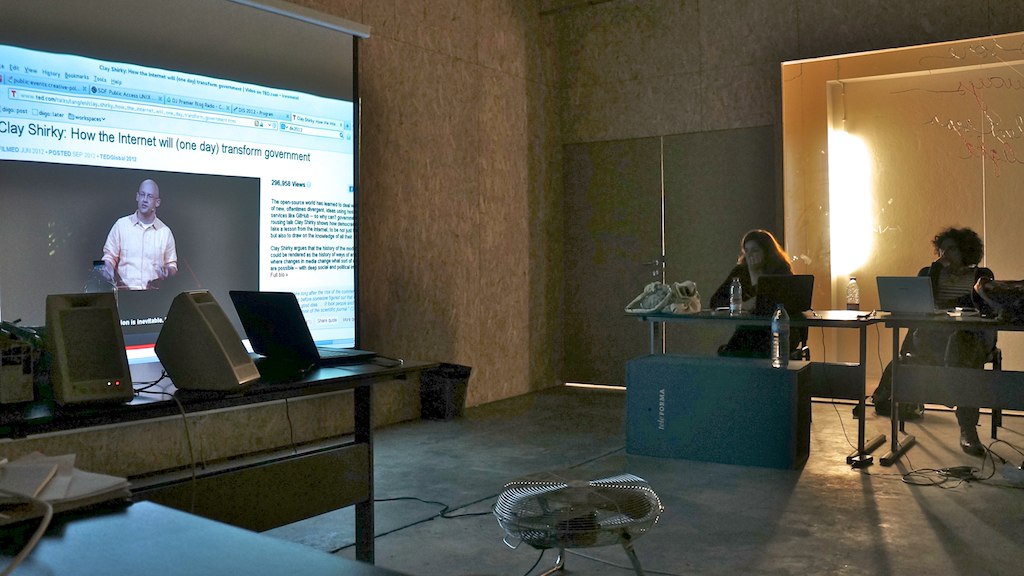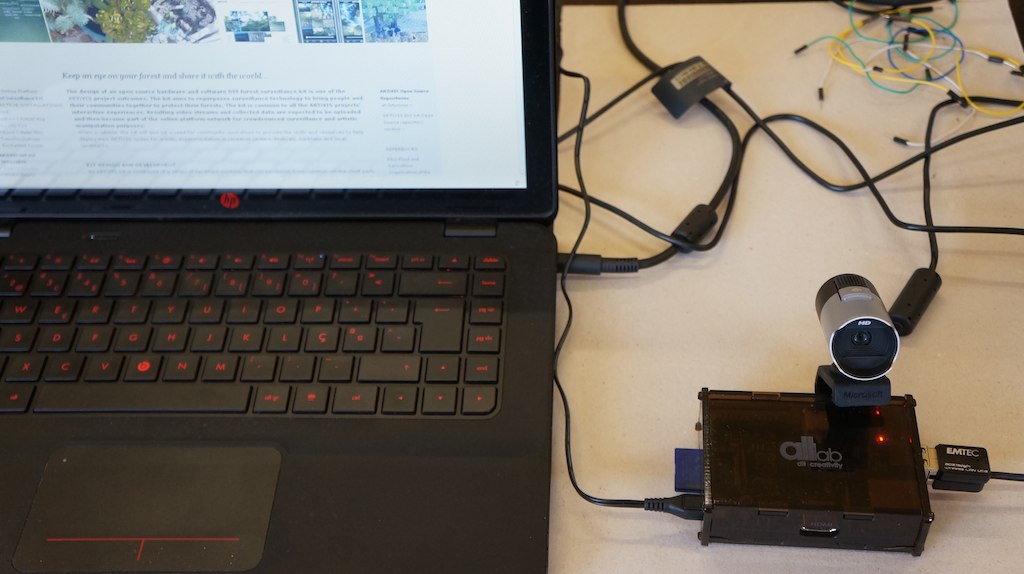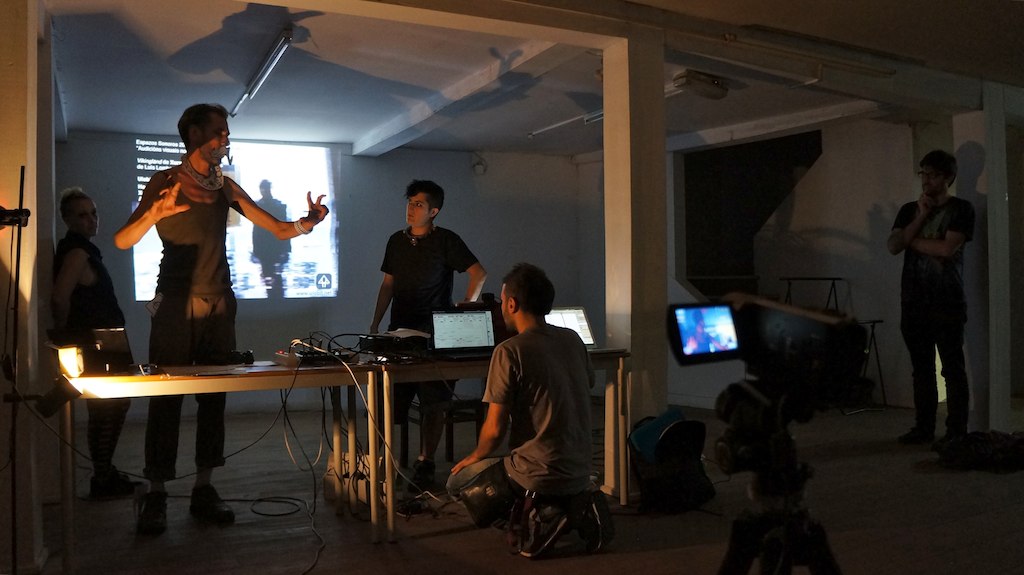Presenting the ARTiVIS project and the Play with Fire installation at the Joint Research Centre
Posted by: Mónica Mendes 11 years, 3 months ago
We will be participating in the Workshop “Emerging ICT for Citizens’ Veillance: Theoretical and Practical Insights” at the Institute for Protection and Security of the Citizen of the European Commission's Joint Research Centre (JRC) – March 20 to 21 in Ispra, Italy.
“This workshop will bring together scholars, technicians, policy-makers, and activists to consider how emerging ICT can be designed to reflect citizens’ values and to support citizens’ empowerment in democratic, affordable, and sustainable ways. Through presentations and roundtable discussions, participants will discuss the current state-of-art and existing experiences with emerging ICT in relation to citizens’ vigilance and consider ethical questions, potential technological solutions and future research topics.”
In the first day we will demo “Play with Fire” – an artistic installation by Mónica Mendes, Pedro Ângelo, Valentina Nisi and
Nuno Correia.
The following day we will participate in the sessions presenting "Appropriating Video Surveillance for Art and Environmental Awareness: Experiences from ARTiVIS Project”.
ARTiVIS map v 0.1
Posted by: Mónica Mendes in ARTiVIS Online Platform PhD research 12 years, 6 months ago
A few more steps have been given towards the ARTiVIS online platform dynamic version! Me and Pedro Ângelo have been experimenting with TileMill and MapBox and soon we will have a functional prototype of the ARTiVIS dynamic map.
In the meantime, here is the layout prototype designed so far:

Forest fire open data research for Play with Fire mashup
Posted by: Mónica Mendes in Activism AZ residency 12 years, 8 months ago
At the AZ Labs Creative Politics residency, we worked on the forest fire open data research. Me and Pedro mapped the available data in Portugal and Europe about forest fires. We're still sifting through the available data and waiting for the answer to Filipe's letter about missing data to add this to the Play with Fire forest fire info mashup.
Here are the LCD Guimarães 2012 announcements on the Artropocode 2012 and Creative Politics Residency, the Creative Politics residency wiki, and the and the report on the results.
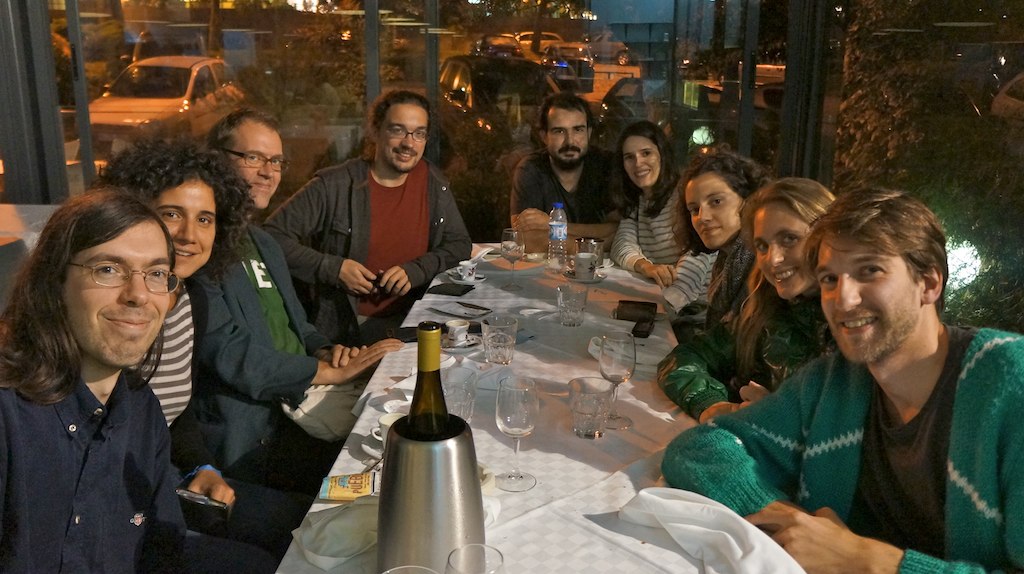
---
And here is the Flickr set »
DiY Forest Surveillance Kit at Artropocode
Posted by: Mónica Mendes in ARTiVIS AZ labs PhD research 12 years, 8 months ago
We were developing and presenting the ARTiVIS DiY Forest Surveillance Kit during Artropocode at the AZ Labs in the scope of Guimarães 2012.
Pedro Ângelo worked hard on the code and made managed to get full HD real-time video streaming form a webcam connected to the raspberry Pi. And we used a nice custom Rapsberry Pi case brought by Maurício with altLab's logo engraved on a transparent acrilic.
---
ARTiVIS Open Source Repositories at Gitorious »
ARTiVIS DiY kit Open Source repository section »
Artropocode lab work at CAAA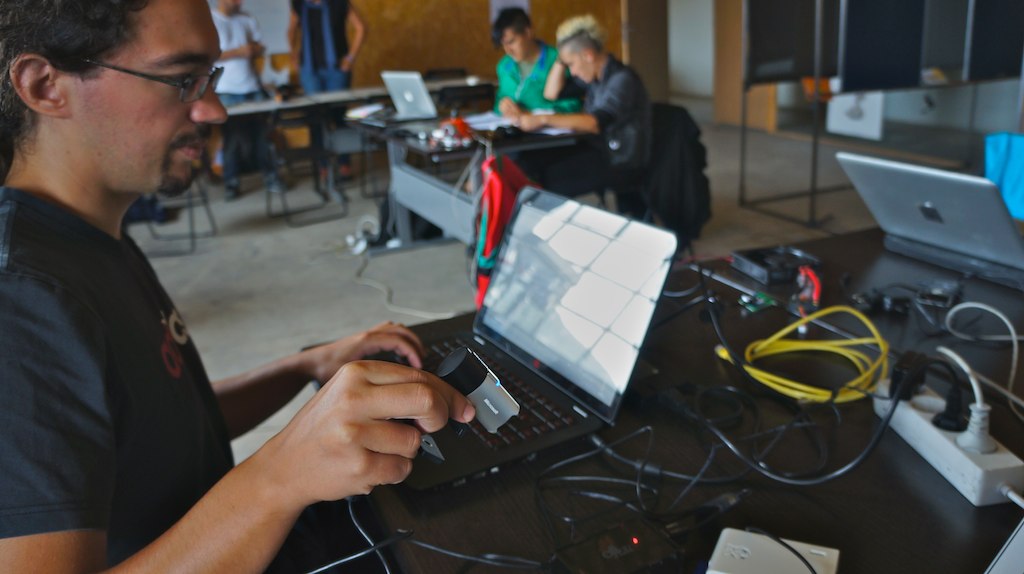
Then we presented the DiY kit in the scope of the Artivis project in the Artropocode meeting presentations public event at lab. Laboratorio das Artes.

---
And here is the full photo set »
ARTiVIS Dancing with Water
Posted by: Mónica Mendes in ARTiVIS Local culture WaterBodies 12 years, 10 months ago
Summer holidays are here and in search of a much needed break we headed out to the water inspired festival Danças~na~Água (Dances on the Water) and the charismatic Andanças that took place in the banks of the Mondego river, the largest body of water born in Portuguese lands, in its elite near the village of Ratoeira in the Celorico da Beira municipality. Co-organized by the municipality and the PéDeXumbo association, the festival premiered this year in the first days of August and brought together traditional music, dancing and local culture within the beautiful water-side setting – a lot of potential for ARTiVIS in the future and for further WaterBodies connections :)
The Andanças24 festival that followed happened over a 24 hour period between in a smaller edition of the well known Andanças festival, already in its 17th edition, also organized by PéDeXumbo. This smaller edition marked a year of transition for the festival, that left its classic setting in the Carvalhal village near São Pedro do Sul.
In practical terms though, both festivals kind of merged into a single event spanning the five days between 1 and 5 of August with lots of water themed activities from concerts to workshops and dances, along with riverside recreation and events.
After setting up tent on the the beautiful river banks and admiring the landscape bathed by the full moon, there was lots to do. Workshops filled out most of the daily activities and there were many different to choose from.
We started out with Luis Antero, whose work is covered in the WaterBodies projects, by participating in his field recording workshop. Besides learning about microphones and recording techniques we learned about the ethnographic value of field recording and immersed ourselves into the soundscape of the nearby Ratoeira village. We recorded water in many different forms, including the tales told by local inhabitants of how crop watering and river washing was like in the old days. Some of the recordings done at the workshop were used later by Luis in a concert and will likely surface soon as a collective composition in his Greenfield Recordings netlabel.
Later on that day, we learned how to build our own Ipu, a traditional Hawaiian percussion instrument built from a Calabash (a bottle-like gourd). The workshop was taught by the nice people from Hula Halau O Nunes from Benavente who led us through the process of cutting, hollowing out, washing and sanding the calabash and then taught us how to use it to play the music for a traditional Hula dance. They also gave us some calabash seeds so that we could plant them and make our own Ipus in the future.
This was not the only time during the event that we played an instrument made from a calabash. Later on the week we joined Nuno Patricio from Nação Vira-Lata in the venue's riverbank swimming pool to play water drums made from "water gourds" (a larger kind of gourd). It was a very refreshing workshop and we learned to use various water splashes as part of playing the instrument.
Other workshops included more relaxing offers like Tai-Chi and water Yoga but were mostly about dancing. From African tribal dancing to more traditional ballroom dancing (with the Mazurka being hands down the crowd favorite) there was room for Hawaiian Hula, street dancing, Brazilian Capoeira and traditional Portuguese and other European dances.
Another substantial part of the festival's day events consisted of water activities. The beautiful riverside provided ample opportunities for swimming around and the organization also provided free canoes and rafts, cable slides between the trees and into the water (with lots of tree climbing involved), a very challenging rope bridge between the banks and a transparent plastic ball that allowed you to roll around in the water.
Local culture was also present in the festival with lots of little tents arrayed on the riverside providing local food and drink specialties, arts and crafts. A special mention goes to the Maçal do Chão youth who brought homemade mead, pottery water birds (the festival's unofficial sound ex-libris) and took people in horseback rides along the river bank.
Another stand, by the largest Portuguese environmental organization Quercus, showcased DIY solar ovens that will be the topic of further investigation ;)
Concerts were another very important part of the festival. At the end of each day, a floating stage was set adrift in the middle of the river for a sundown concert, including the first one by Luis Antero where participants were invited to use blindfolds and listen to him combining Portuguese guitar and field recordings (some of which we had recorded in his workshop earlier) into an ear opening experience.
During the night, the main concerts showcased Portuguese bands that took traditional music and sounds and gave them their own spin. From Nuno Patricio's and Nação Vira-Lata's water drums, to the traditional instrument dust raising explorations by Galandum Galundaina to the more pop-rock infused motions of Uxu Kalhus and the good nature and fun rhythms of Toques do Caramulo there was a lot of dancing and good music to be enjoyed.
The nights were filled with ballroom dances that were introduced during morning day workshops with live music that allowed everyone to try out the moves they had learned on the dance workshops earlier in the day.
The festival closed off with a couple of fantastic concerts. First, Celina da Piedade showed her virtuosity in playing the "concertina" with a selection of traditional songs arranged in a festive mood for everyone to dance to. Then came Nação Vira-Lata who took off in the floating stage and rocked everyone off it with their massive live percussion power.
In the end we had the chance to chat a bit with municipal organizers and give them our feedback about the venue and the event. Although tired, they seemed happy with the festival and assured us that even if Andanças moves on to another location next year, Danças na Água will bring water, dancing and local culture back to the banks of the Mondego.
See you and more WaterBodies featured projects there?
~
* Read more at the Danças-na-Água festival site & Facebook page
See the photo galleries at Andanças and Danças na Água
~


